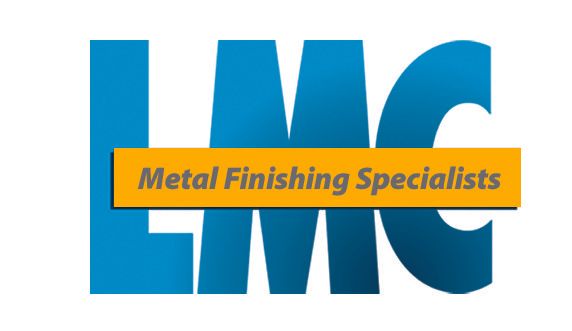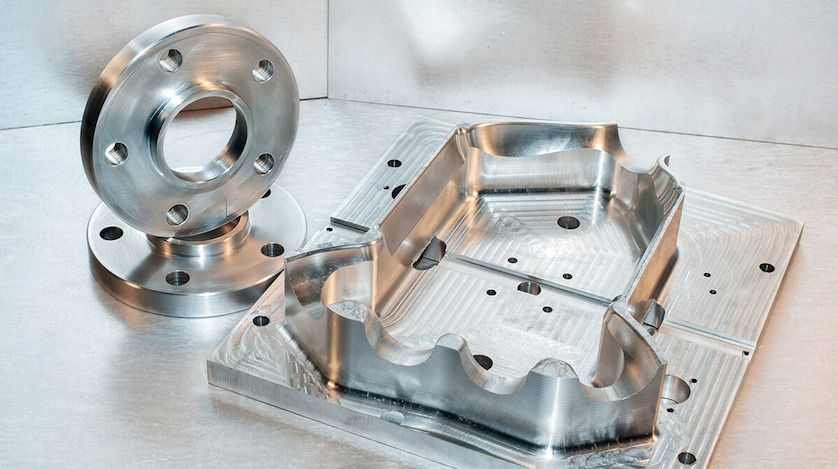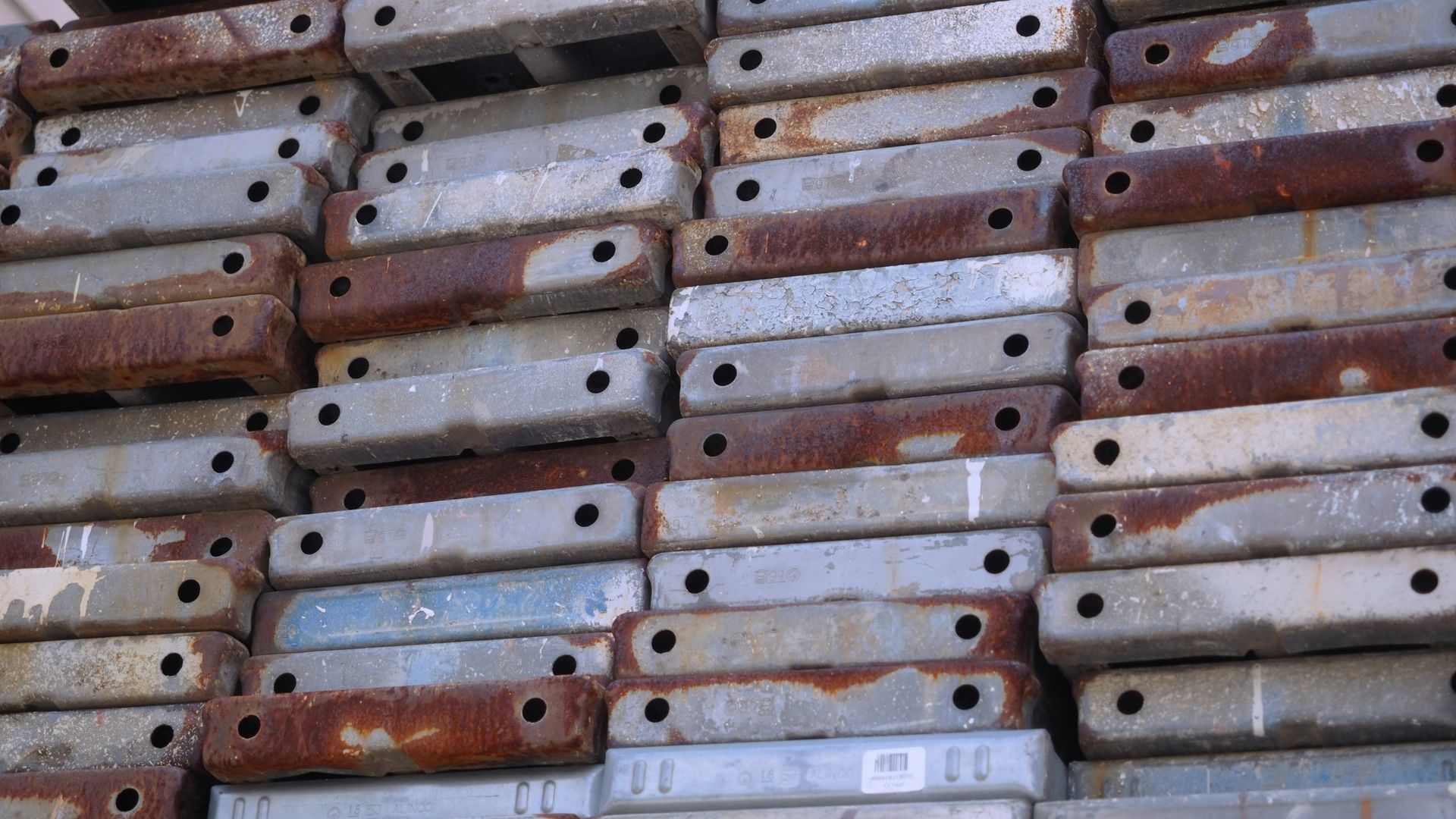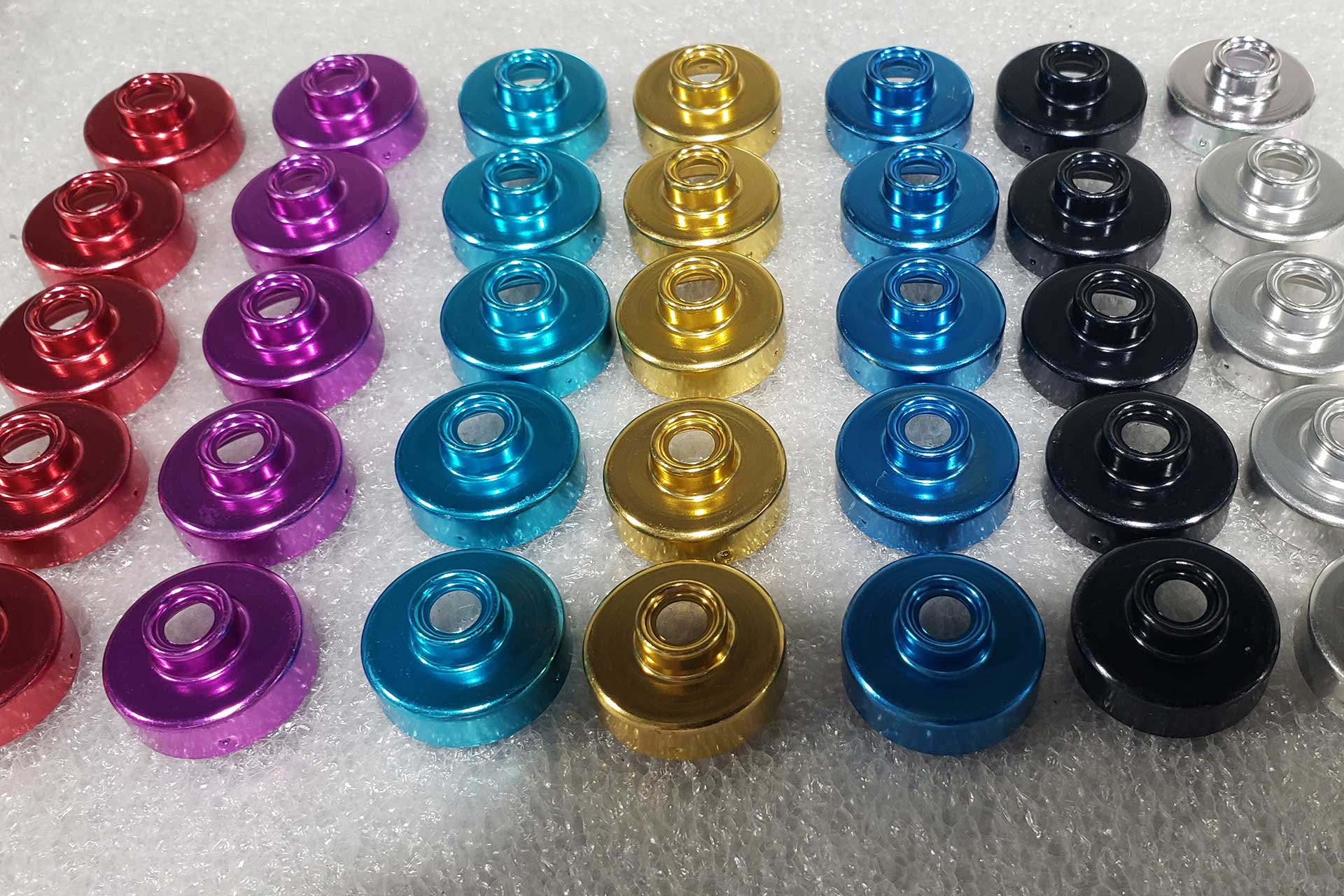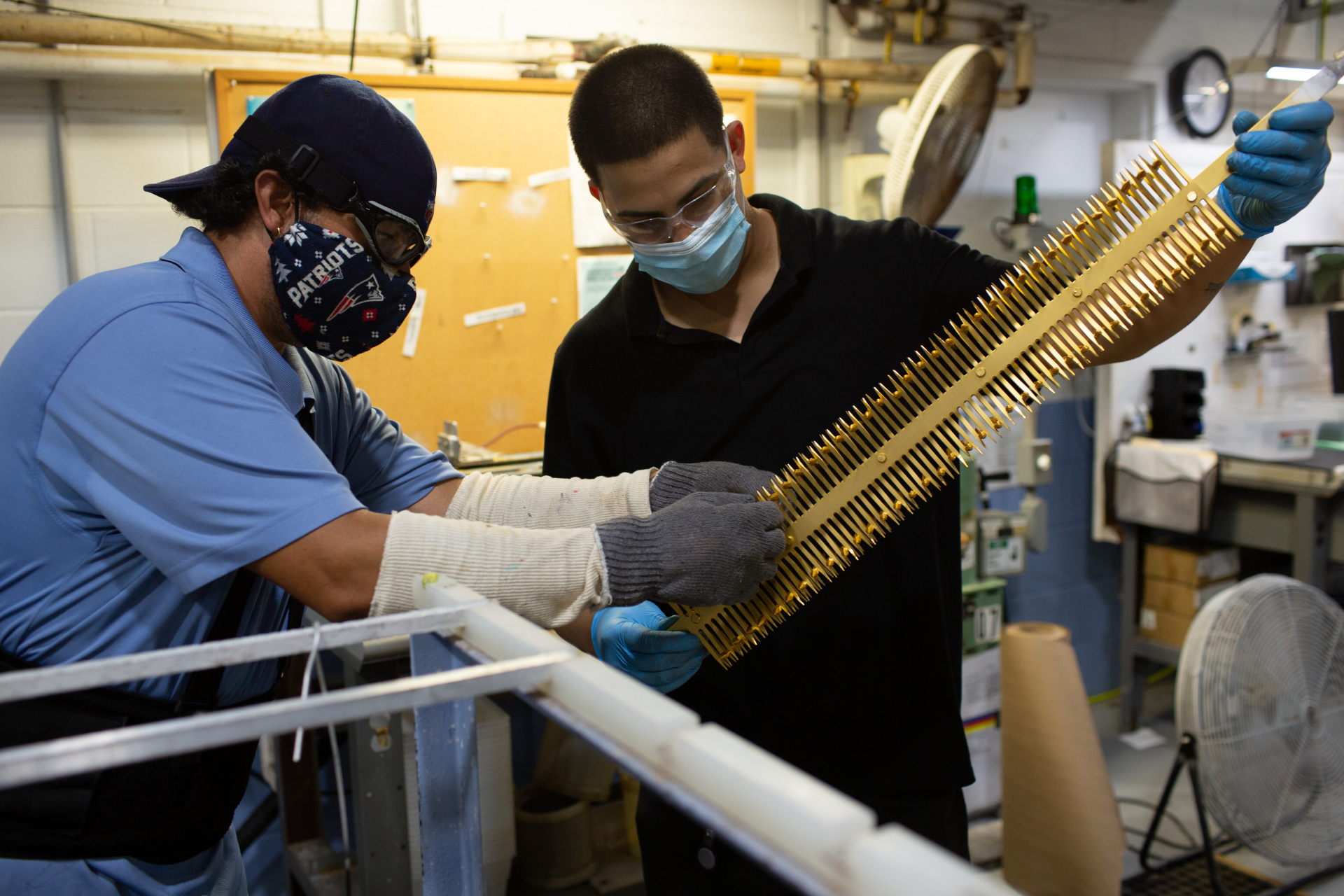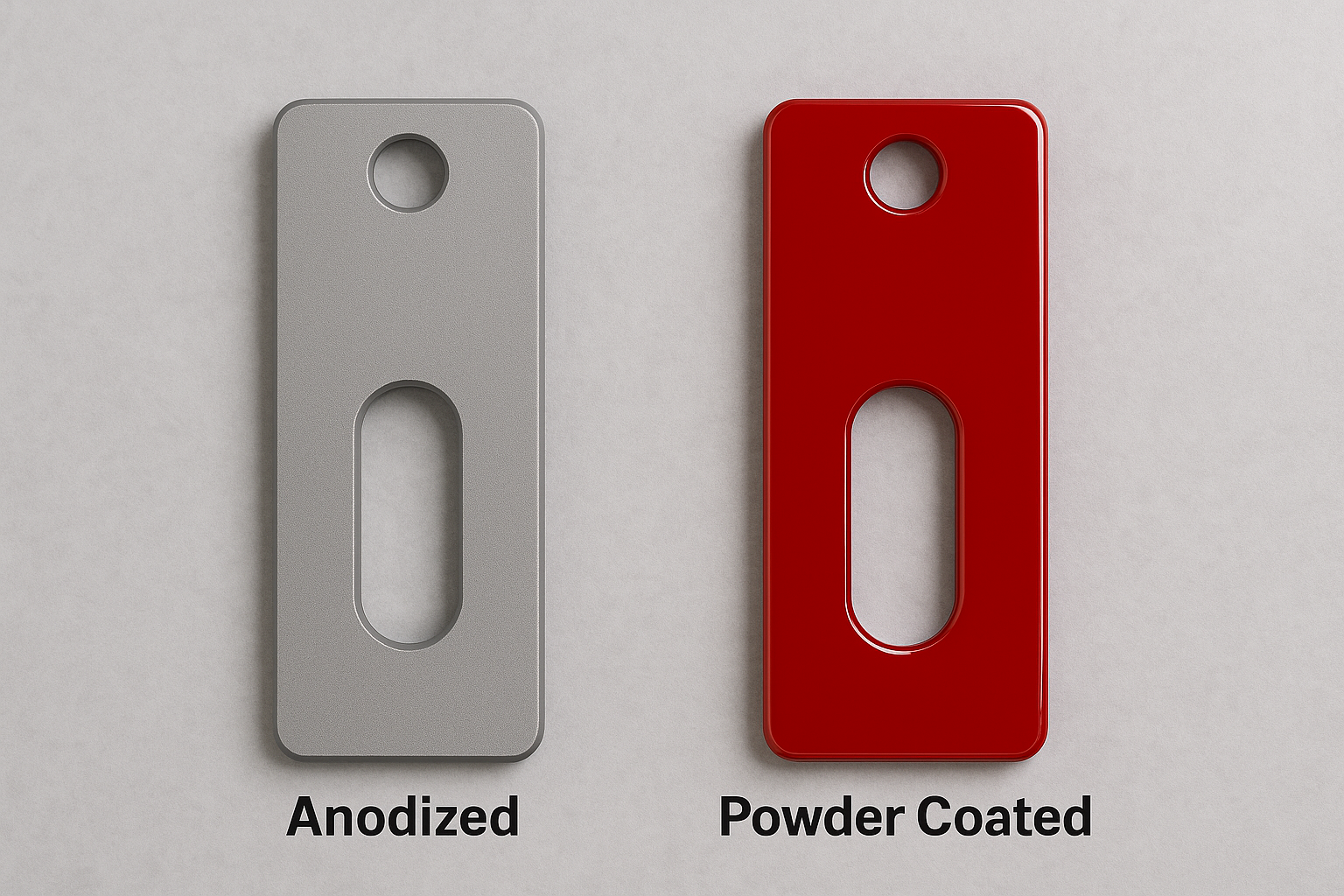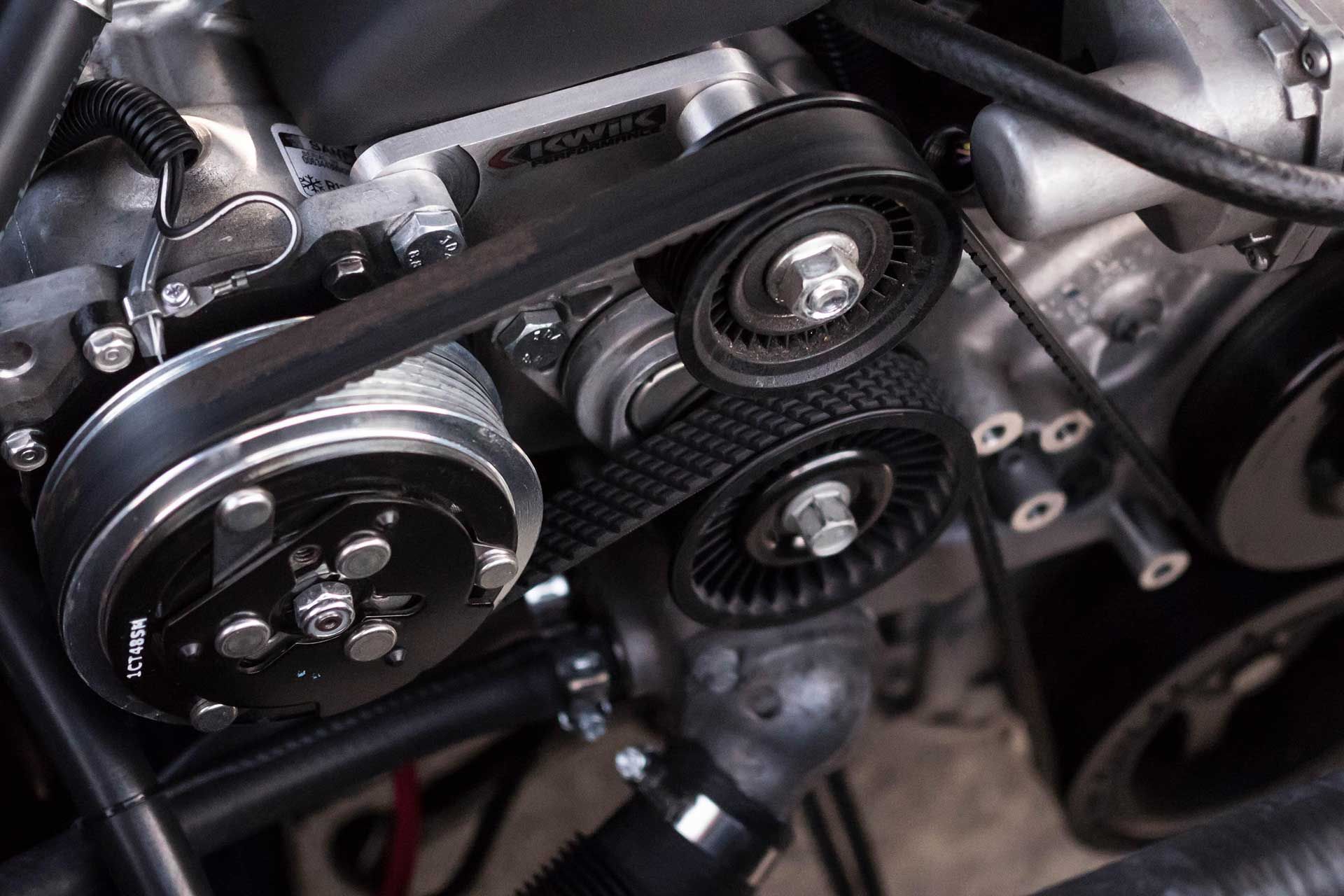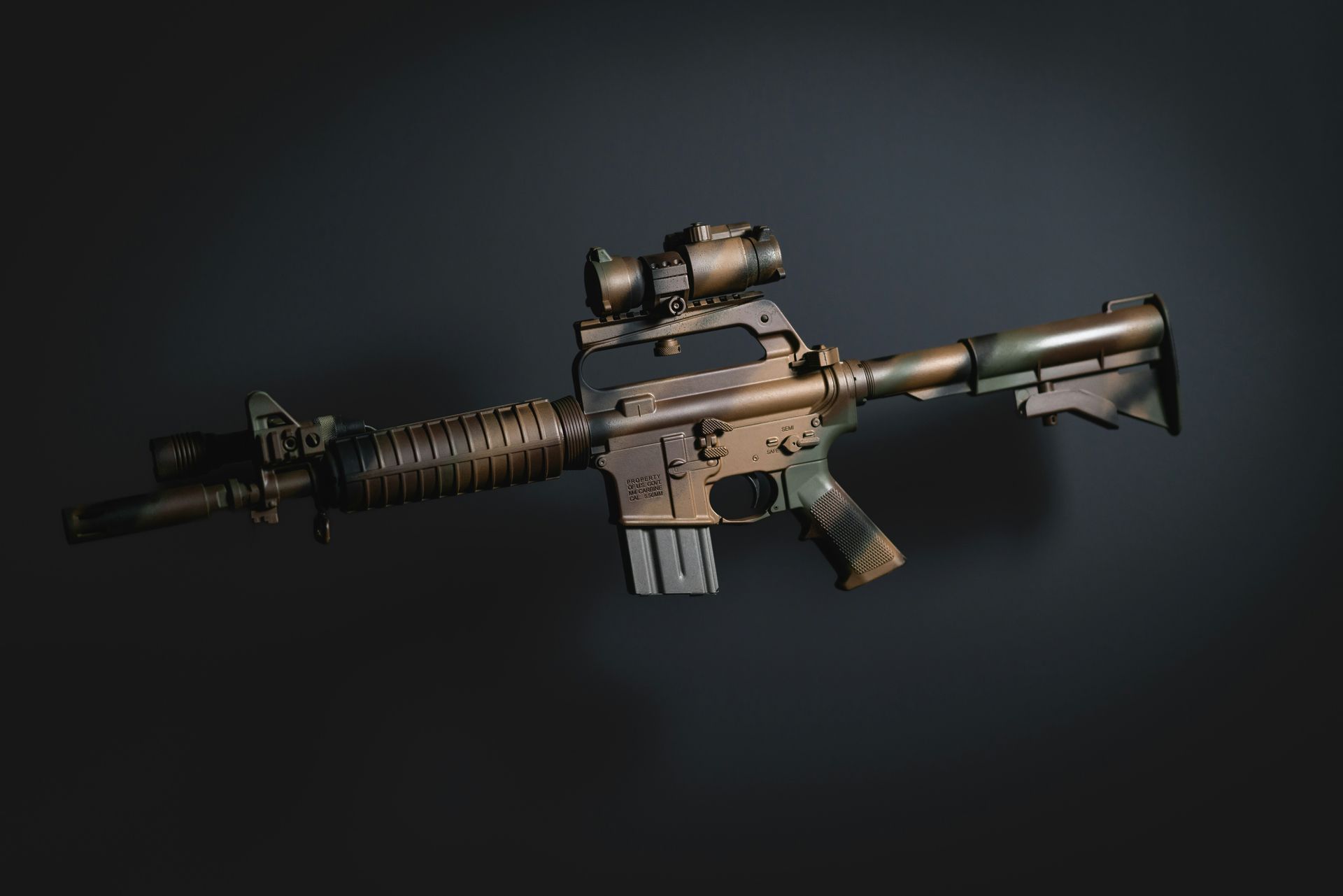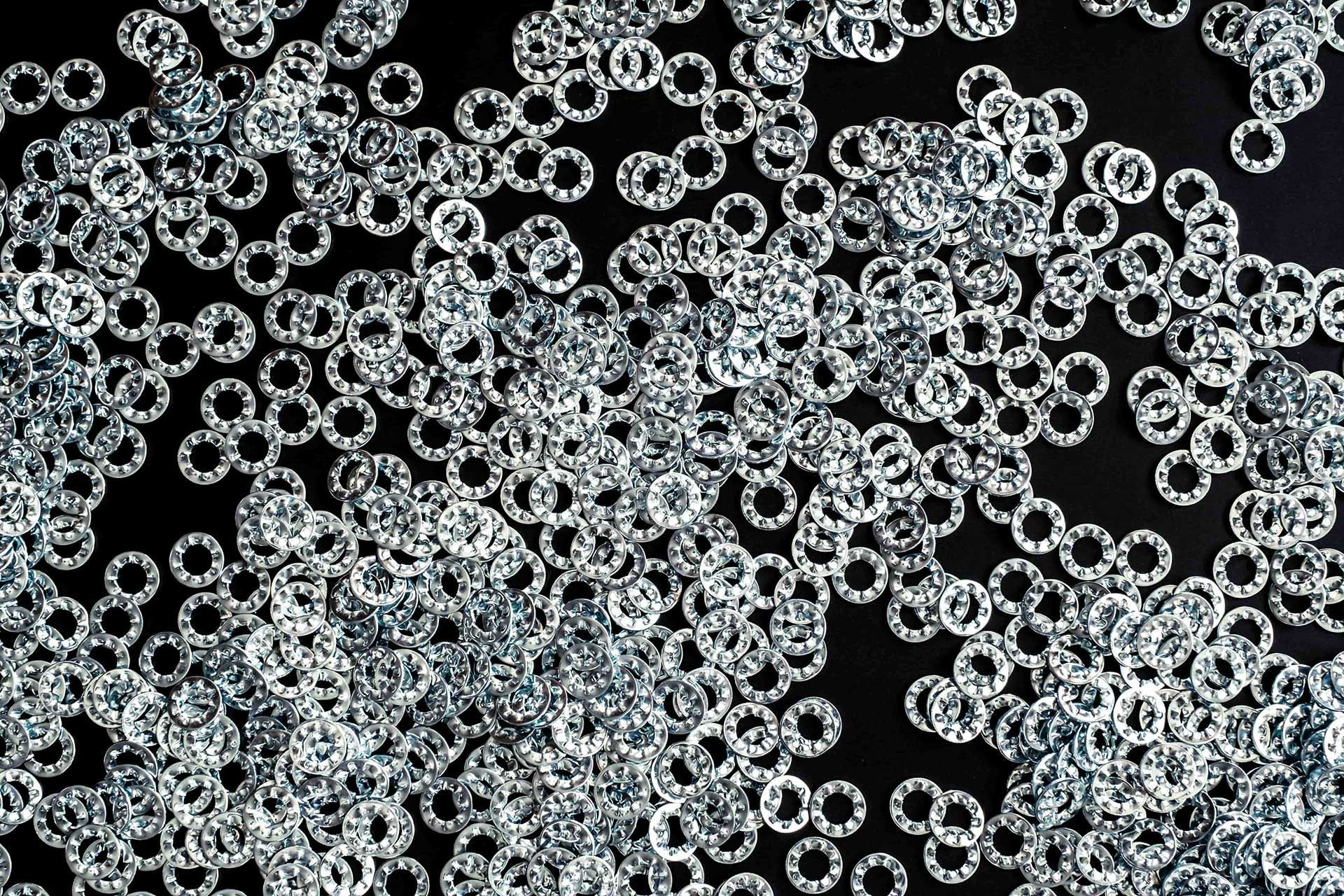Importance of Surface Preparation in Metal Finishing
Proper surface preparation is the foundation of high-quality metal surface treatments. Without it, even the best metal finishing techniques can fall short, resulting in premature coating failure, increased costs, and poor product performance. This process ensures that coatings adhere securely, last longer, and maintain their appearance even under tough conditions.
Understanding Surface Preparation in Metal Finishing
Surface preparation refers to the steps taken to clean, condition, and prime a metal surface before applying a finish. Its purpose is to remove contaminants such as dirt, grease, and oxides, address surface imperfections, and create a surface texture conducive to strong adhesion. This stage ensures that metal finishing techniques, including anodizing and phosphating, achieve the desired results in durability and aesthetics.
Common contaminants like oil, rust, and scale must be eliminated to ensure uniform coating application. Addressing these challenges upfront prevents issues like peeling, cracking, or uneven finishes in the future.
Why Proper Surface Preparation Matters
Better Adhesion
A clean and textured surface provides the necessary foundation for coatings to bond effectively. Without proper preparation, coatings may fail to adhere and reduce effectiveness.
Improved Durability
Thorough surface preparation allows coatings to withstand wear, corrosion, and environmental stress. This extends the lifespan of metal surface treatments and reduces the need for repairs.
Aesthetic Excellence
Smooth and even finishes are only possible with a well-prepared surface. Proper preparation eliminates blemishes, providing a flawless and professional appearance.
Effective Techniques for Surface Preparation
Cleaning and Degreasing
Removing oils, grease, and other residues is the first step in creating a clean surface. Alkaline cleaning solutions and solvents are commonly used to ensure the surface is free of contaminants that hinder adhesion.
Mechanical Abrasion
Techniques like sandblasting and grinding are essential for creating a textured surface that promotes coating retention. These methods are particularly effective for metals susceptible to corrosion.
Chemical Etching and Pickling
Chemical treatments remove rust and oxides while creating microscopic grooves for better coating adhesion. This technique is especially important for preparing metals that require a precise surface finish.
Anodizing Pre-Treatments
Anodizing processes require meticulous preparation, including acid desmutting, to achieve a uniform oxide layer. These steps improve the protective qualities of the anodized surface and improve wear resistance.
Phosphating Pre-Treatments
Manganese phosphating relies on precise preparation steps to form a strong, corrosion-resistant layer. This is especially beneficial in industries like automotive and heavy machinery.
Risks of Skipping Surface Preparation
Reduced Coating Lifespan
Improperly prepared surfaces lead to coatings that peel, crack, or fail prematurely, resulting in lower performance and shorter product life.
Higher Maintenance Costs
Poor preparation can increase repair needs and maintenance costs over time. Investing in proper preparation upfront reduces these expenses.
Compromised Safety and Functionality
In industrial settings, a poorly prepared surface can result in structural or functional failures, posing risks to safety and reliability.
Surface Preparation’s Role in Anodizing and Phosphating
Anodizing
Surface preparation ensures the formation of a consistent oxide layer that increases the durability and appearance of anodized metals. This step is crucial for achieving the wear resistance and longevity required in high-performance applications.
Manganese Phosphating
Thorough preparation is essential for creating a corrosion-resistant and lubricated phosphate coating. Industries that rely on these coatings benefit from increased performance when preparation is done correctly.
Building Better Results with Metal Finishing Techniques
The success of metal surface treatments starts with quality surface preparation. From cleaning and abrasion to chemical treatments, every step plays a crucial role in creating coatings that last. Skipping or rushing these steps leads to costly failures and diminished results.
For professional surface preparation and metal finishing techniques tailored to your needs, connect with the experts at Light Metals Coloring. Let us help you achieve finishes that stand the test of time!
